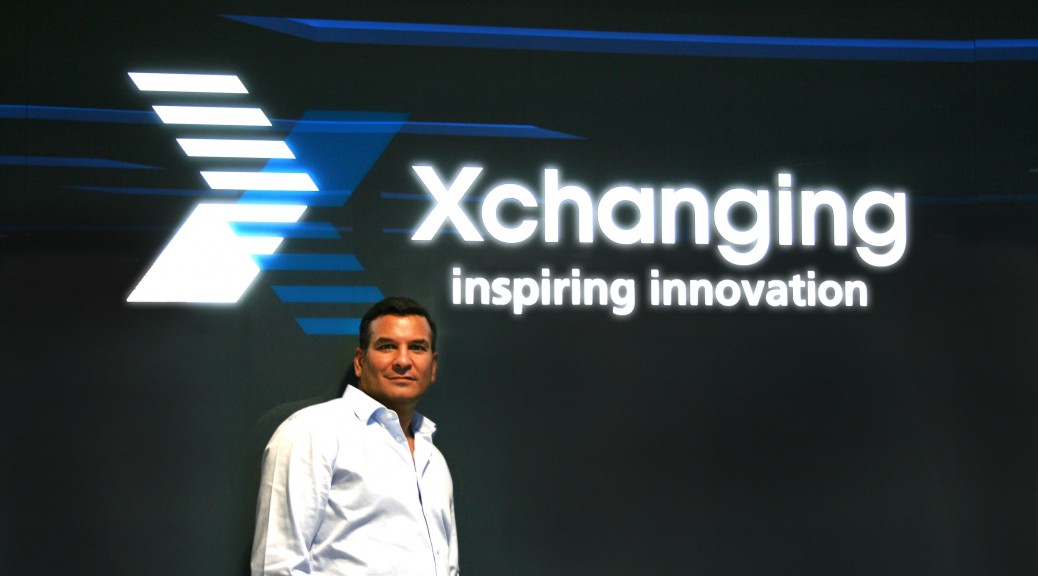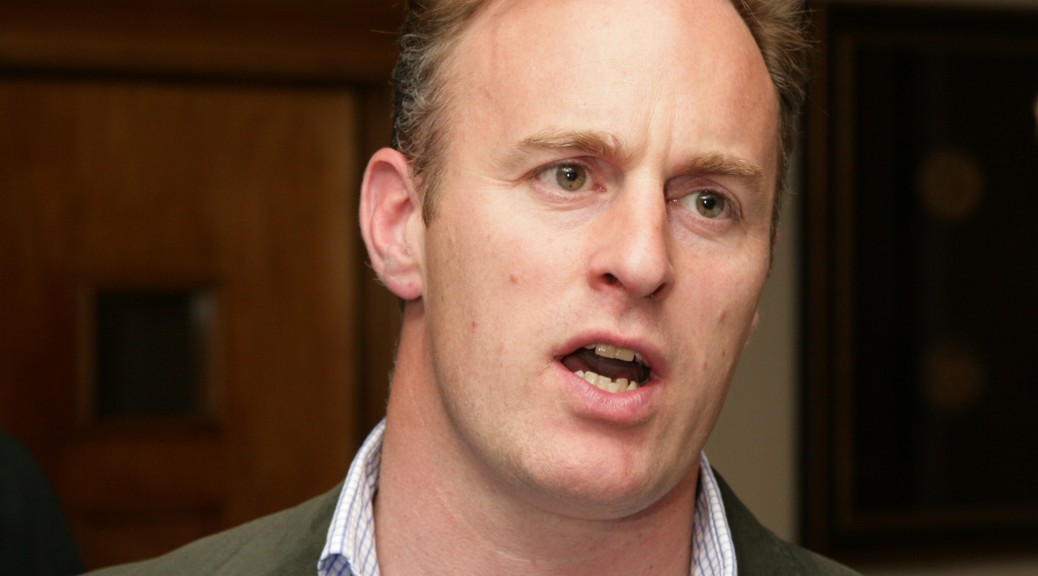It’s almost two years to the day, when after 6.5 years as a loyal employee, climbing up the ranks of the corporate hierarchy, through manufacturing, operations and project management roles – I resigned, to pursue my MBA at London Business School (LBS). Looking back now, I can recall the anxiety of not only losing my steady income but also the unease I had about ‘jumping ship.’ After all, this was my first and only full-time job after graduating from Imperial College as a chemical engineer back in 2004. I quickly realised that the ship I had seemingly jumped was far more resilient to my departure than I had previously felt.
I had considered making a career switch to a commercial direction for some time and eventually decided that I wanted to achieve that by learning best practices, cross-functionally from all over the business world: Understanding corporate strategy in addition to how to finance start-up ventures, appreciating macroeconomic growth trends as well as improving negotiating and other communication skills. I felt that an MBA would be the best way to combine what I had learnt ‘on the shop-floor’ and build a broader sense of perspective on those foundations. Furthermore, studying at a top-quality international business school, would provide a globally recognised qualification, a valuable lifelong network and not least, enable a better return on the heavy investment expected.
The research, preparation and significant application process took me over a year, particularly as I had little down-time at work, with one project after another requiring my time and attention. With GMAT scores in place, essays written and references gathered I was determined to make my application successful first time, as the window of opportunity for completing a full-time programme was closing steadily. Engineer that I am, I systematically considered my choice of school and concluded that with my desire to study in an internationally focused school with a mature student body that encompassed a range of experiences and crucially, my plans to work in London immediately after the programme – the best school for my purposes was right here in Europe. Ultimately, I chose London Business School as it offered everything I was looking for and moreover, was close to home making it easier on my personal life and expense outlay.
The two years at LBS have gone by like a flash. No sooner had I begun to take in the mass of new information from coursework and academic life, was it time to make the career switch and in particular, find an internship for the summer – my number one priority. Nevertheless, I tried to remind myself throughout, that the enormous wealth of opportunity to learn and try new things as well as a vibrant network of new friends and contacts was not going to last long – all of which resulted in a busy schedule full of activities, some 12 hours a day, 6 days a week. I attended a plethora of interesting talks, conferences and seminars, apart from my required studies which I found by and large, to be truly eye-opening and thought-provoking, particularly the electives I took.
I spent my summer after the first year gaining experience in strategy consulting, through an internship at The Boston Consulting Group, in its London office. In addition to developing my ‘consultant toolkit’ of analysis and presentation skills, I also had the opportunity to learn about the activities which the firm and office are involved with, in more depth and how they are impacting business thinking at the most senior levels. I was delighted to receive a full-time offer at the end of the internship and intend to commence my full-time post-MBA career at BCG London.
Whilst at LBS, I also became heavily involved in student leadership roles, becoming the president of the Running Club as well as the Industry Club. This not only gave me fantastic experience to try out, in a fairly ‘risk-free’ manner, some of the tactics and ideas I had picked-up in the classroom and from previous experience, but also widened my circle of friends and professional contacts even further. I even achieved a few unique firsts, including a triathlon and organising a conference.
Additionally, the flexibility of student life and in particular the second year at LBS, offered the chance to pursue some personal priorities, which would be more challenging in full-time employment. The first was taking quite a few trips abroad including sailing in Antigua, hiking in the Indian Himalayas and wine-tasting in South Africa.
Holi – festival of colours, experienced with the locals at The Gateway of India – Mumbai
The second and most important of all, was deciding with my wife to become parents for the first time and our daughter was born at the end of my first year of studies (in fact, on the day of my final exam!). That transition has been my most momentous and fulfilling of all.
So all in all, I have had two hectic and intense years during which time I learned an enormous amount: completely repositioning my career in a commercial trajectory whilst at the same time developing myself immensely and building a significant network of contacts and close friendships. Having just had my graduation and with work restarting imminently – the future seems full of promise and opportunity from where I am sitting. I also know there will continue to be plenty of challenges, but I doubt I would have gone down this path, if I did not highly relish those…
Finally, my advice for those who may be considering the MBA may be somewhat surprising having read the above. I believe it’s not a benefit to everyone and is a need for few. That is to say, the course and learning that comes around it, are only as good as what you make of the experience and the same goes for graduates returning to the workplace: there will be those that revert to what they feel comfortable with and there will be those that seek to continue to learn and push the boundaries of what is possible. I intend to be the latter and much of that desire has been driven by the fundamentals and the flames of ambition that have been further fuelled by the MBA. I am in no doubt that this was the right decision for me and I know that, without the help of the Sainsbury Management Fellowship my experience would have been very different, perhaps even non-existent and for all this – I am immensely grateful.
You may also be interested in reading interviews with the winners of the SMF MBA Scholarship.























